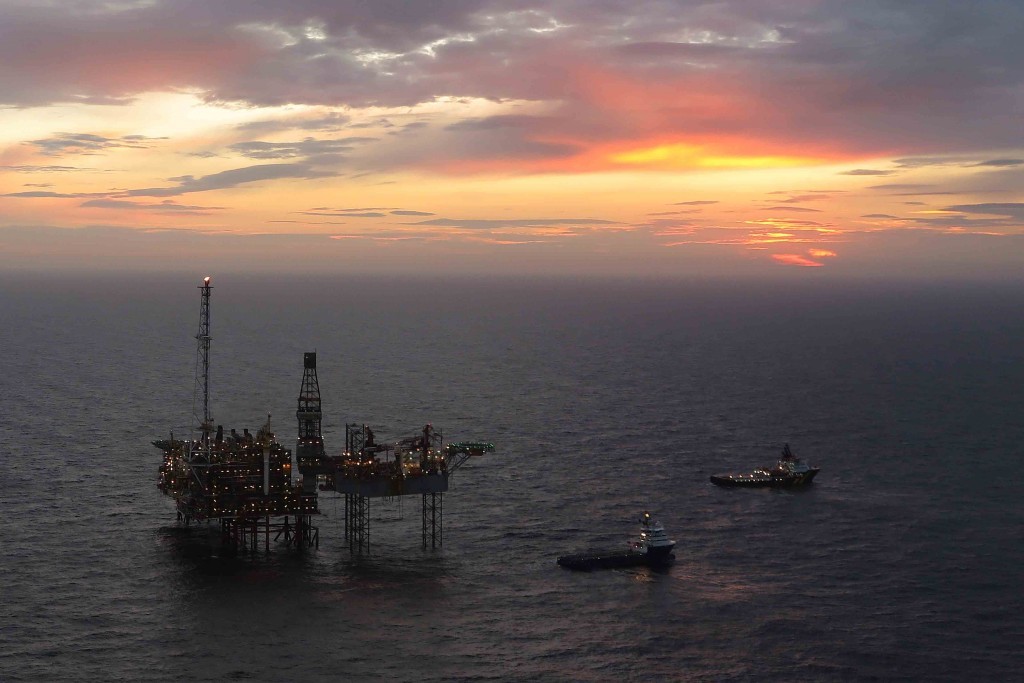
In order to maximise economic recovery from the UK continental shelf (MER UK), the OGA has spoken of the need to ensure that “the right assets are in the right hands”. In other words, for producing fields, potential new developments, exploration opportunities and infrastructure, to lie in the hands of those who will manage and steward them well and invest to realise their remaining potential.
There has been much discussion around what can be done to stimulate the North Sea asset trading market to facilitate “getting the right assets in the right hands” and MER UK.
Industry with government has been looking at potential barriers to asset trading in areas such as access to finance, commercial practices and the transfer of historically-earned decommissioning tax credits from seller to buyer.
BP is a strong supporter of “getting the right assets into the right hands” and has for many years continuously refreshed its North Sea portfolio.
We have done this by bringing new fields into production, by securing new acreage and assets through trade and licence round award, and by selling some mature assets to those who see a greater strategic fit within their portfolios.
As far back as 1996 when we announced the sale of the mature Beatrice, Buchan and Clyde fields to Talisman, BP has been actively managing its North Sea portfolio. And of course, in 2003 we sold the iconic Forties field to Apache.
Since then, we have traded our interests in Wytch Farm and our southern North Sea assets to Perenco; Harding to Taqa and in 2015, the CATS terminal and pipeline system to Antin Infrastructure Partners.
In each of these cases, the buying company has been able to bring more focus (and attract more investment) to the asset than BP could have done at that stage in its life.
Over the same period BP has brought many new fields into production including Foinaven, Schiehallion and Clair to the west of Shetland, the ETAP, Andrew and Kinnoul fields in the central North Sea and the Skarv field in Norway.
In 2016, we increased our interest in ETAP and doubled our equity in the Culzean development, as well as acquiring new interests in the Jock Scott and Craster exploration prospects in the East Shetland Platform and west of Shetland areas respectively.
2017 will see us bring the Arundel field into production as a satellite to Andrew and along with our partners Shell and OMV, complete the multi-billion dollar re-development of the Schiehallion field area – the so-called Quad 204 project.
The second phase development of the giant Clair field – Clair Ridge – will come into production in 2018, allowing us, in combination with Schiehallion, Culzean, Arundel and infill drilling at our existing producing assets, to double our UK North Sea production by 2020.
Continually refreshing and renewing our portfolio of North Sea assets and opportunities has allowed us to sustain a business that we believe can compete globally for BP investment funds into the future.
Asset trades have in almost all cases, proved good for the basin and good for MER UK. They have certainly played an invaluable role in BP’s North Sea history and will continue to do so as we build our future.
The North Sea and wider UK Continental Shelf is, geologically, probably the most diverse oil and gas province in the world. That diversity provides a range of opportunities that requires a diversity of players – large, small, integrated and niche – to realise them.
It also needs a healthy turn-over of assets which is enabled by a strong, fit-for-purpose licensing regime, combined with a healthy asset trading market.
I believe the OGA with its new powers and recently introduced asset stewardship expectations provides the former and I am confident the industry, with its track record of commercial innovation, can continue to provide the latter.
The ultimate objective of course, is to enable the UKCS and the players operating within it, to successfully compete for a disproportionate share of a finite global capital investment budget in order to extend the life of the basin.
Mark Thomas is BP’s North Sea president and this week’s Guest Editor on Energy Voice.
Recommended for you
